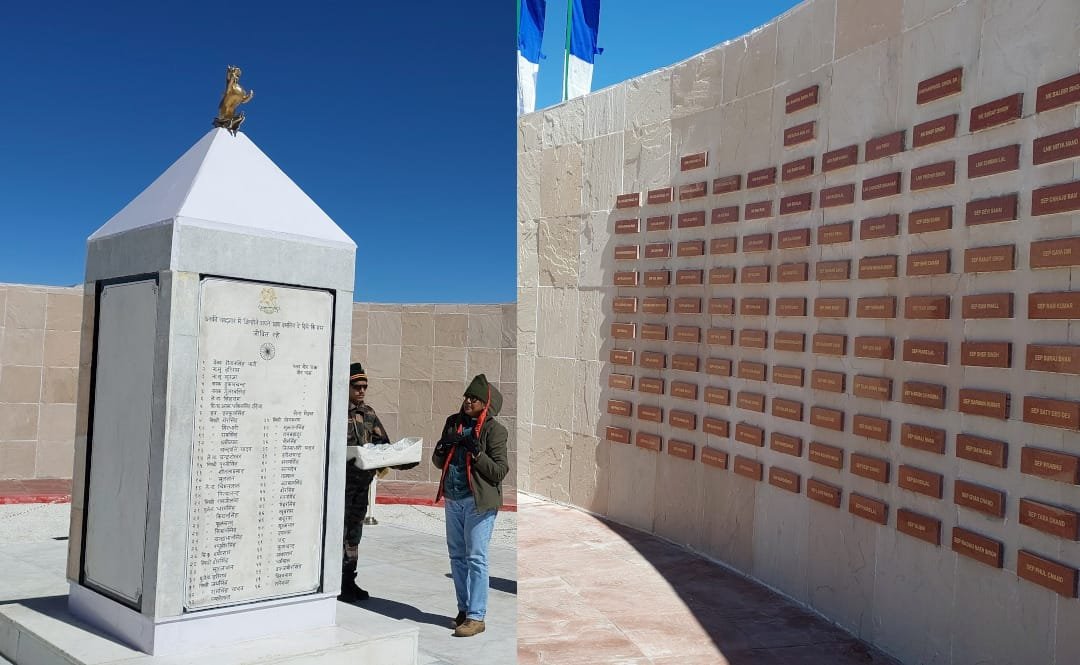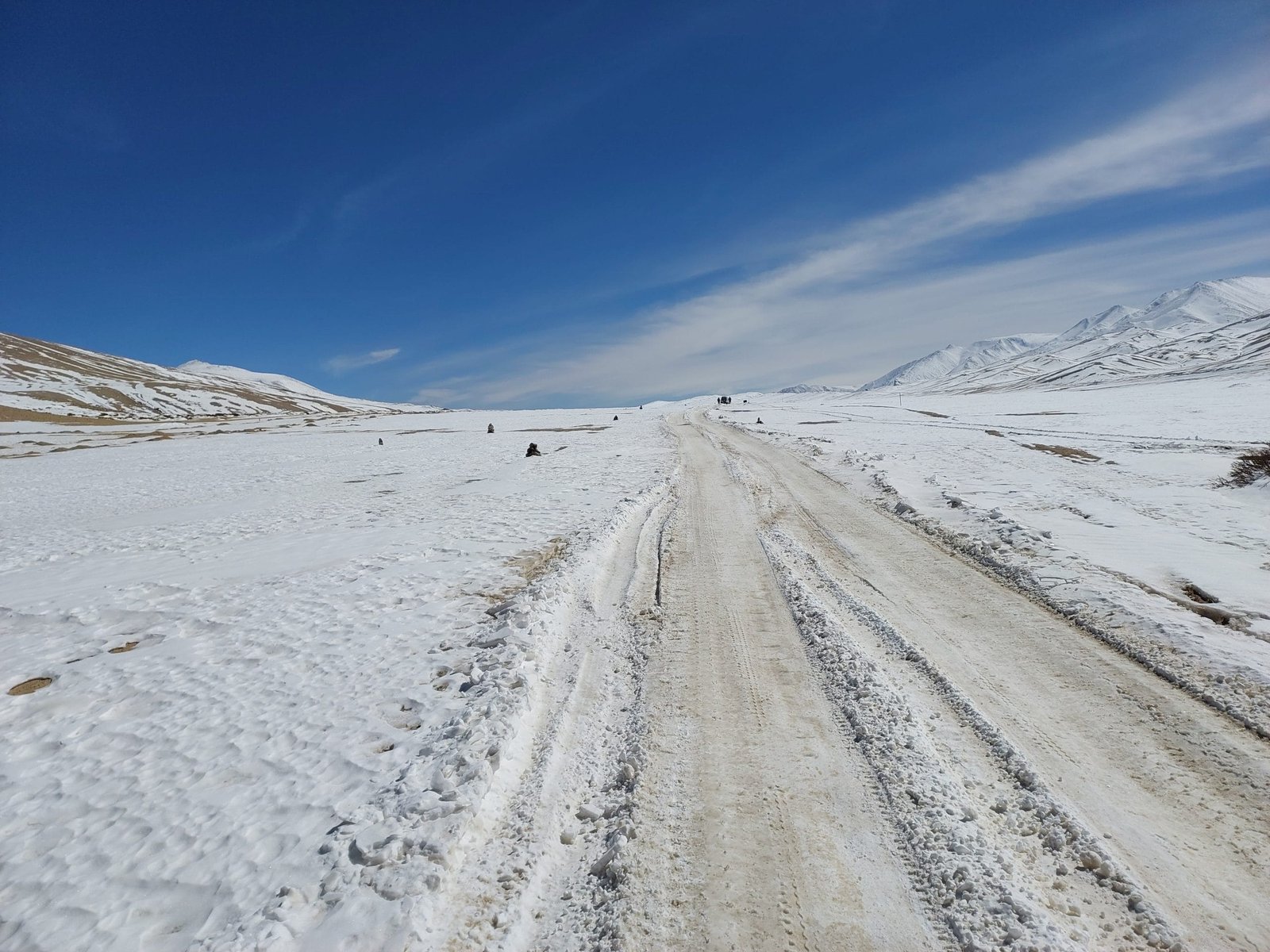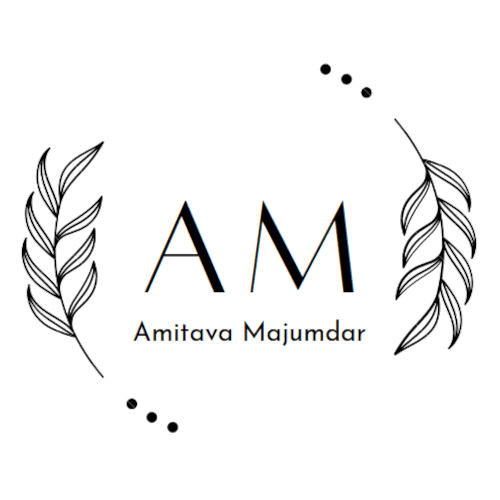The Saga of Charlie Company
Ladakh in the winter is one of the most forbidding places on earth. The Himalayas are enveloped in deep snow, the mighty Indus is frozen over thick and solid, young soldiers use the iced up Pandongtso Lake to kick football, the brilliant Khardungla, at 17,000 feet, provides passage to intrepid travellers on the highest motorable road in the world and temperature moves between -15 and -25 degree Celsius; battering your consciousnessand challenging your fortitude. The Indian army, the Hind kiSena, isthe only organisation that is active and visible during the bitterly cold months. Standing eyeball to eyeball with the soldiers of the People’s Liberation Army, the Indians are confident, even nonchalant about their ability to rout the aggressor.
I grabbed the opportunity last February to visit Ladakh and meet at length with Indian soldiers; from NCOs and JCOs to Majors and Colonels and onward to Brigadiers and Generals. No hatred for the Chinese in their demeanour nor any strident nationalist fervour; just a quiet confidence in their ability to defend their country, even against a larger and enormously resourced enemy. Every soldier I met believed that an Indian combatant would be able to deal with several of the Chinese militia;that is if they entered Indian soil. Such confidence appeared to be somewhat unreal until one heard of the battle of Rezangla, foughttill the end during the Chinese aggression of 1962.

On November 18, Rezangla, a desolate and ice covered mountain pass on the line of actual control in Southeast Ladakh, a distance of 250 kilometres from Leh, was under the guard of Charlie Company of the 13 Kumaon; led by MajorShaitan Singh, there were 124 Indian soldiers, mainly Ahirs from Rajasthan, in the Himalayan outpost. As the sun danced across the snow covered mountains, waves of PLA soldiers attacked the Indian bunkers, only to be answered by relentless rifle, mortar and machine gun fire from the three platoons of Charlie Company; the battle raged for a night and a day as the Chinese army, astonished by the power and theferocity of the Indian jawans, brought in anti-tank guns and rockets, throwing more and more troops into the battle. Holding the post at an altitude of 18,000 feet, at a temperature of less than minus 20 degrees centigrade, Major Shaitan Singh and his men fought with every weapon they had to stop the Chinese advance. The battle continued for hours until the Indians finally ran out of ammunition; knives and bayonets were then unsheathed andthe Ahirs of Charlie Company fought till the last man, the war cry Kalika Mata ki Jai on their lips.
An army Major with moist but proud eyes at the Leh base camp narrated that this was one of the rarest of battles in modern military history that had ended with no prisoners; the battle going down to the last man and the last bullet. The 124 infantrymen of Charlie Company killed 1200 Chinese soldiers before they were silenced.The Rezanglabattle saved the Chushul airport and hastened the declaration of the ceasefire; as the stunned generals of the PLA realised that it would be practically impossible to defeat the Indian army.

A painstakingly and lovingly built memorial now stands at the spot where the Indian soldiers were cremated; 3 kilometres from where the conflict was played out. The grounds have a wall with the names of all the martyred heroes, a bust of Major Shaitan Singh, and an amphitheatre that provides AV presentations on the battle to visitors. Visitors are welcomed with open arms by the Indian Army, tea and samosas.

The road was covered with a foot of ice on the way to Rezangla, the temperature was -18 degrees centigrade and the oxygen was thin at 15,000 feet. Walking and climbing had to be slow and deliberate. These issues proved to be of little consequence when we got to the Memorial and interacted with the Indian Army soldiers.
I urge every reader of this blog to visit Rezangla; please eschew the temples and mosques where the priests and clerics teach you to hate; these are the pilgrimagespotsfor the Millennials and Gen Z, tomorrow’s decision makers. A little bit off the tourist track, the memorial is a must for every young Indian; in these terribly difficult times, it is important to remind ourselves that India remains a country of heroes and that there are more than 12 lakhs of them in the Indian Army.
More From This Category
The Saga of the Rain Tree
There stands a once majestic rain tree just left of our house at Taleigao, a recently gentrified village in Bardez, Goa. More than a hundred years old, it soars high into the sky and is home to squirrels and a myriad species of birds. It welcomes itinerant travelers and us, when we return from our travels.
Dysfunctional Leaders can create Corporate Tragedies
An astonishing 10% of leaders are dysfunctional. Their leadership can pose a significant threat to the success and competitive advantage of modern corporations.
The Dilemma of the Bi-Moral Society
An army Major with moist eyes at the Leh base camp narrated that this was one of the rarest of battles in modern military history that had ended with no prisoners




0 Comments